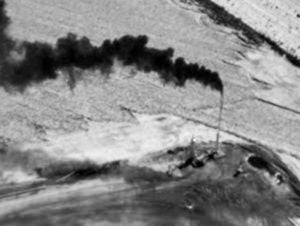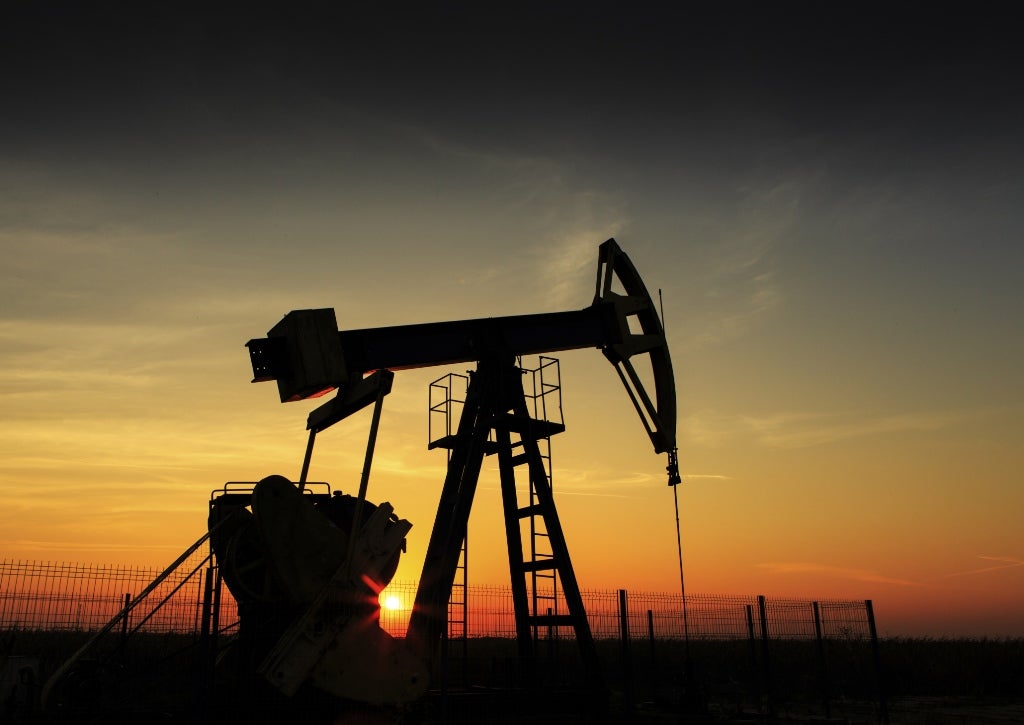Here’s what you need to know about EPA’s landmark methane proposal
 By Edwin LaMair and Grace Smith
By Edwin LaMair and Grace Smith
Last week the Environmental Protection Agency proposed methane standards that will, for the first time, apply to the nation’s nearly one million existing oil and gas wells and other facilities. A critical step that charts a path to major emission cuts.
As methane takes the spotlight on the world stage and countries raise their ambition for cutting this potent greenhouse gas, EPA’s final rules will play a central role in U.S. commitments to reducing methane and achieving climate goals.
The proposals to reduce oil and gas methane emissions, the largest industrial source of methane in the U.S., were met with widespread public support, not only from environmental groups, but also health and child advocates, tribal officials and investors concerned about climate risk.
To comprehensively protect our communities and climate, EPA must further strengthen its proposal — as it has stated it plans to do in a supplemental proposal issued next spring — by requiring monitoring across smaller, leak-prone wells and eliminating the wasteful and polluting practice of routine flaring.
Four key aspects of the proposal
EPA has proposed a suite of standards that build from state approaches and leverage new technological developments.
The standards will cover both new and older facilities, requiring frequent monitoring for leaks and use of zero-emitting technologies. This is a major step forward that EPA estimates will slash 41 million tons of methane pollution by 2035 — and the agency has recognized the need for further action on flaring and comprehensively covering high-polluting smaller wells.
Here’s what you need to know about EPA’s landmark methane proposal Share on XHere’s more on key features of the proposal:
1. Covering existing sources.
The standards for the first time extend to the hundreds of thousands of older facilities nationwide that are responsible for the vast majority of methane emissions, allowing states to develop implementation plans to help drive down pollution.
2. Deploying zero-emitting pneumatic controllers.
EPA’s proposal incorporates protective standards for pneumatic controllers, building from leading approaches in Colorado, New Mexico, and California, and requiring that they emit zero pollution. Existing polluting valves can be easily replaced with zero-emitting technologies at a low cost with many compliance costs offset by the capture and sale of natural gas that would otherwise be wasted. Leading operators have already transitioned their controllers.
All in all, EPA estimates that the transition to zero-emitting controllers as proposed will decrease methane emissions by 19 million tons by 2035, the climate equivalent of taking over 300 million cars off of the road for a year.
3. Strengthening leak monitoring and repair and enabling advanced screening.
Seizing on technological developments, like aerial screening for leaks, and the growth and job-creating potential of the methane mitigation industry, EPA is proposing to allow operators to survey sites using advanced methods already deployed by leaders in the industry.
Operators would screen sites six times per year and conduct an annual on-the-ground inspection for smaller leaks. Advanced methods, which could reduce fugitive emissions by 80-90%, are highly cost-effective and allow surveying across broad areas to quickly detect and stop the super-emitters.
Operators could also stick with ground-based monitoring using infrared cameras from a one-time inspection to bi-monthly depending on a facility’s potential emissions. This framework, built from Colorado standards, recognizes the importance of monitoring at the largest sites, but the method of calculating potential emissions doesn’t account for super-emitting sources, something the final rules should improve upon (more below).
4. Ensuring community participation in implementation processes.
EPA plans to require that states identify underserved communities and seek their input during regulatory processes, underscoring the administration’s commitment to environmental justice. By developing strategies that overcome linguistic and cultural barriers, sharing information with communities, and soliciting input early in the process, EPA and states can build trust and support from impacted communities.
Three key opportunities to address in EPA’s supplemental proposal
EPA also outlined a clear path to final rules late next year that includes a supplemental proposal in early 2022 to address key additional sources of pollution. This important step is necessary to secure significant reductions and ensure that final standards are protective.
Final rules must also include these crucial components:
1. Regular monitoring at all smaller, high-polluting and leak-prone wells.
Hundreds of thousands of wells across the country generate just a trickle of usable product but are large and disproportionate emitters of methane. In the Permian Basin, the nation’s largest oil field, nearly half of observable production site methane emissions are from low-producing well sites. Nationwide, pollution from these wells destabilizes the climate and harms the health of the more than 7 million people that live nearby, including nearly half a million children and nearly 2 million people of color.
Lack of federal oversight has enabled companies to keep these decaying wells emitting pollution for years beyond their useful lives, perpetuating a cycle of corporate behavior that contributes to the orphan well problem. But these companies are not small mom and pop operations — EDF analysis shows that more than three-quarters of marginal wells are owned by companies that operate more than 100 wells and generate hundreds of millions in gross revenue each year.
EPA has recognized in the proposal that a “low production” exemption is not appropriate. However, under EPA’s current proposal operators that calculate lower potential emissions (less than 3 tons per year of methane) could still escape regular leak monitoring.
This is a big problem since operators wouldn’t be required to factor in super-emitters or equipment failures. EPA has recognized these issues and is seeking comment on how to better incorporate these emissions, ensuring high-polluting sites are subject to regular monitoring.
The agency is further considering how to reduce emissions from sites that have been abandoned by operators. Congress has authorized important investments to plug leaking and abandoned wells, and it is critical that safeguards are in place going forward to help prevent emission from these wells and ensure taxpayers are not left to pick up the tab.
2. Curtailing the practice of routine flaring.
Flaring is another wasteful and avoidable practice that is rampant in the oil and gas production sector. When companies rush to extract oil, some forgo investments necessary to capture and sell gas and instead burn it as a waste product, emitting a host of climate and health-harming pollutants.
Wasting this gas is an urgent problem, one made even more apparent as we enter a winter with higher natural gas prices and potential shortages. For instance, over the last decade, operators in Texas alone flared the same amount of gas that 14 million homes use in a year. Flares also commonly malfunction and spew methane directly into the atmosphere. EDF surveys in the Permian Basin have found as many as 30% of flares failing or unlit and more than half of flares malfunctioning repeatedly in the same week.
Leading operators have virtually eliminated flaring across all their operations and leading states like Colorado and New Mexico have already moved to eliminate flaring except in emergency situations. EPA should likewise move to end routine flaring.
3. Incorporating community-based monitoring.
In a critical move for environmental justice, transparency and accountability, EPA is exploring ways to incorporate emission monitoring results generated by community groups and other third parties into its standards. This important step would allow the agency to accept monitoring results from third parties and prioritize fixing major leaks that are harming nearby communities more quickly.
How you can help
EPA’s proposal will soon be available for public comment including via a virtual public hearing. Please join EDF in supporting the strongest possible final rules by filing a comment and signing up to testify.











